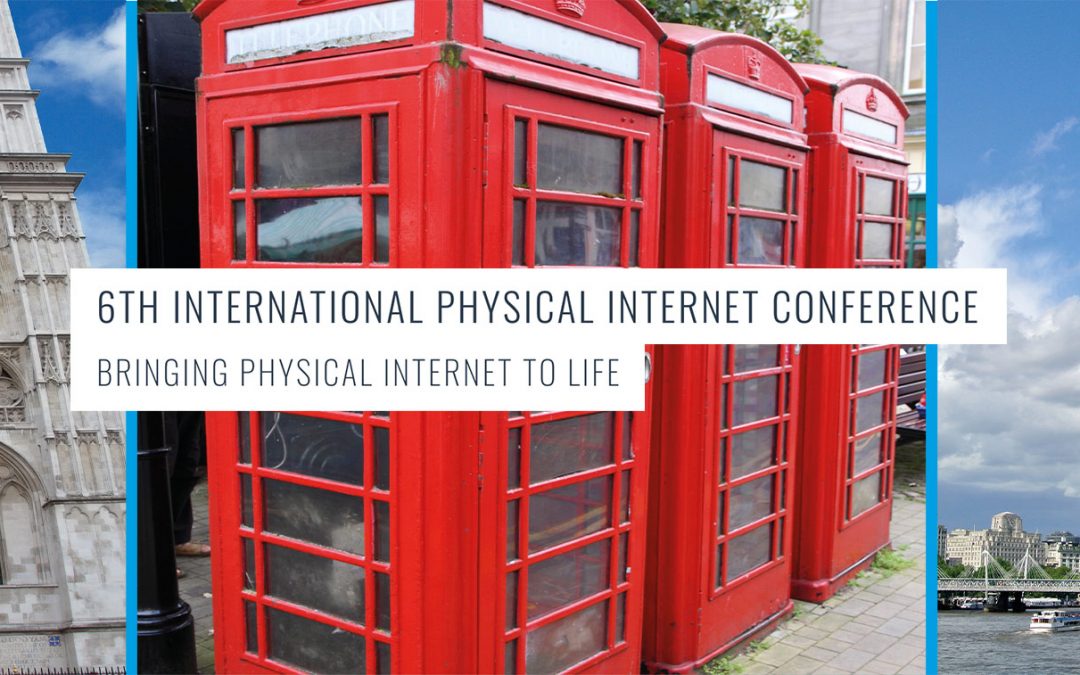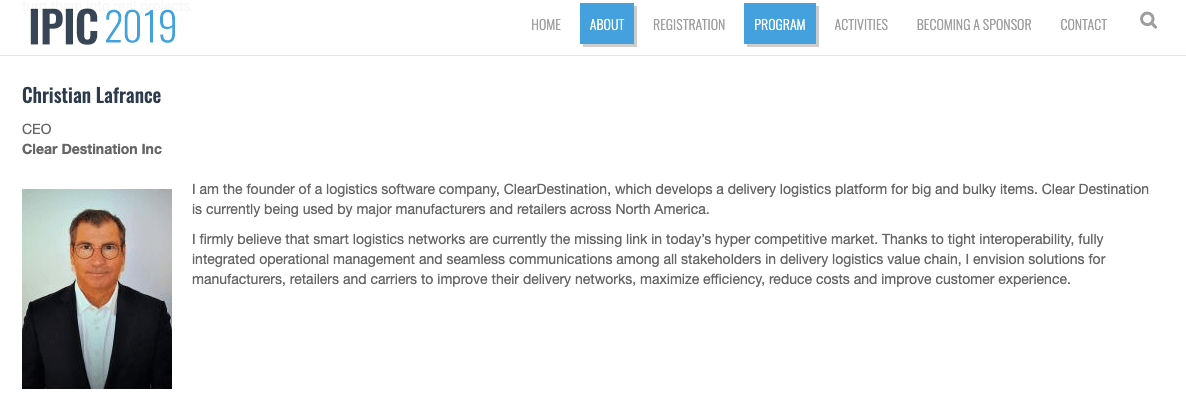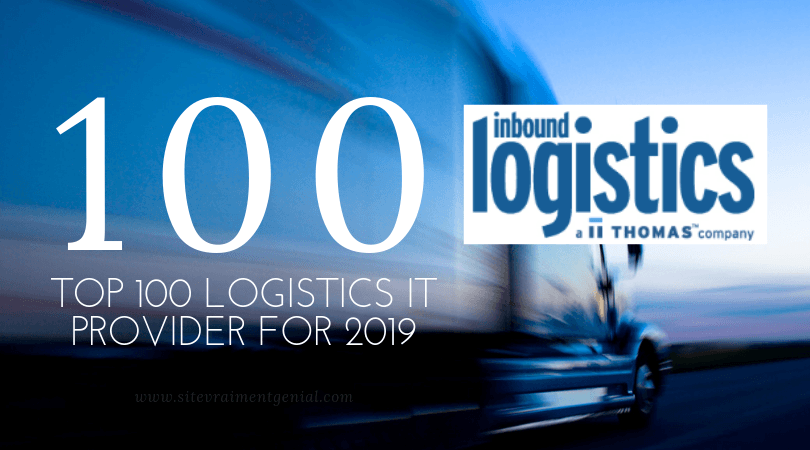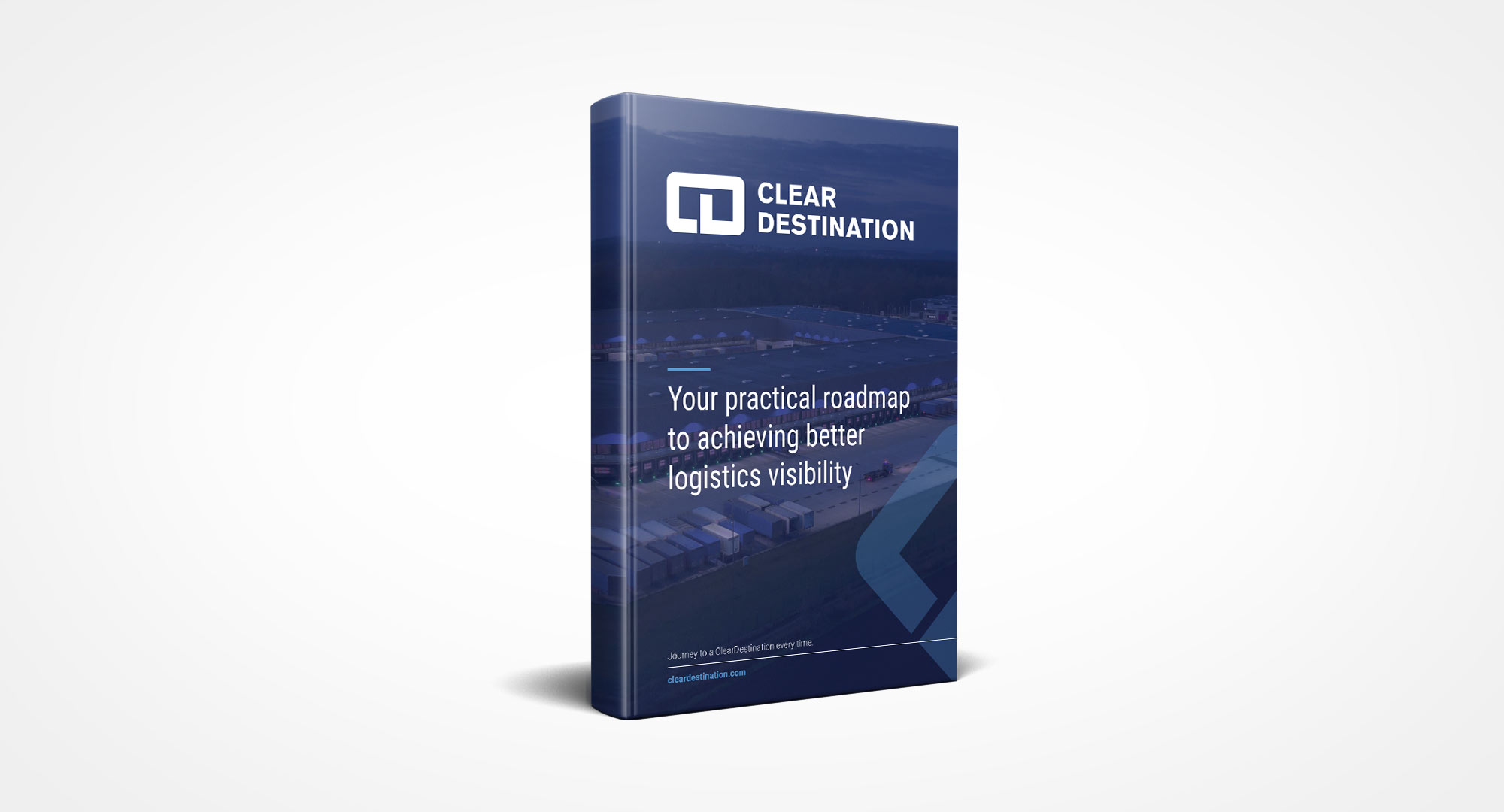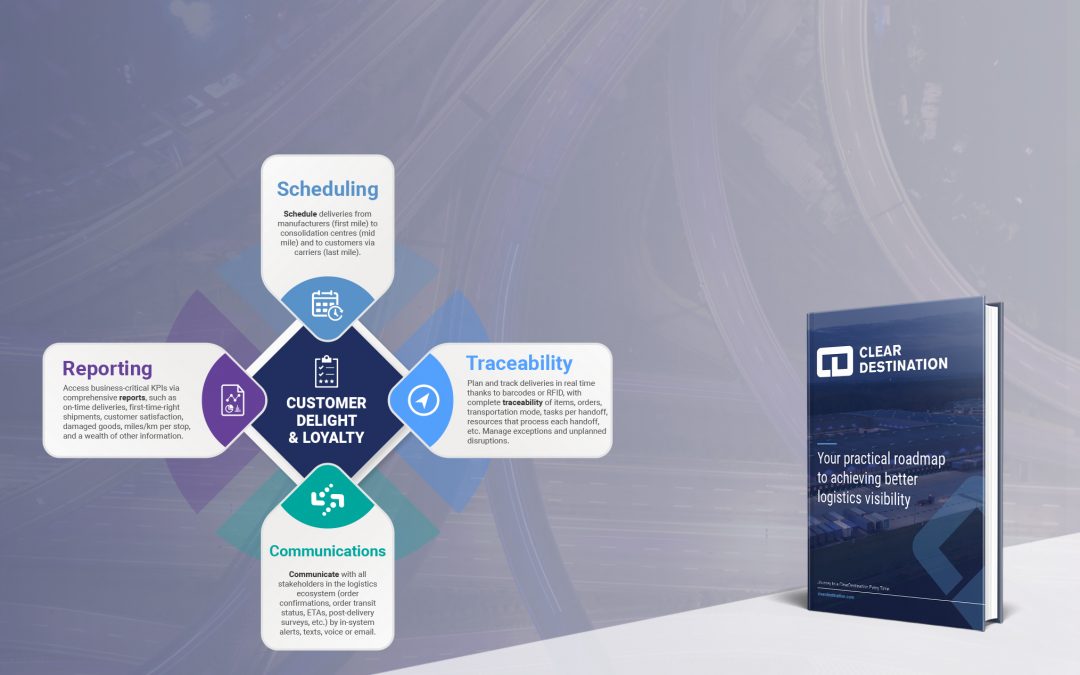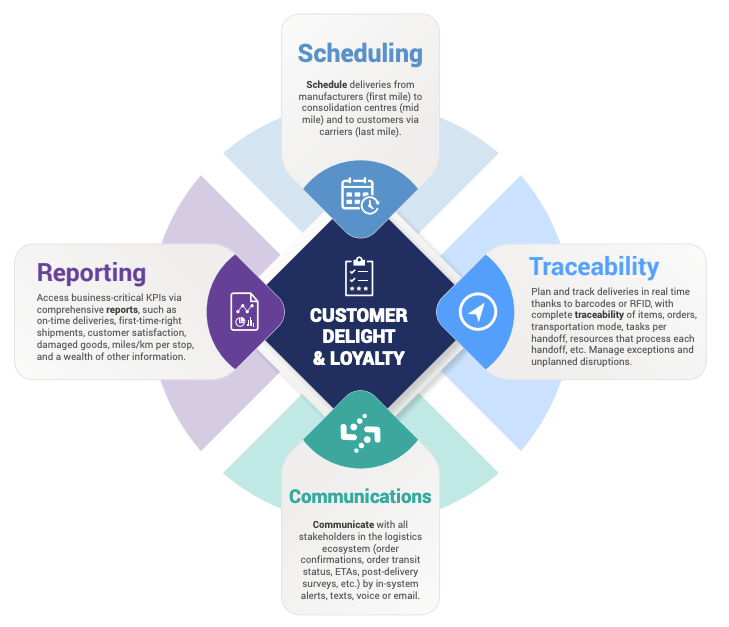
The ultimate guide to transitioning to a hyper interconnected logistics network | EBook
This ebook offers a great background into the issues with traditional logistics networks and why all stakeholders should now consider the advantages of hyper interconnected logistics networks to future-proof their businesses.
Today’s logistics industry is on the cusp of undergoing a radical transformation.
As Industry 4.0 sweeps across the supply chain, it is generating profound and revolutionary changes in the way logistics operates. After all, traditional logistics networks will not be able to keep up with all the innovations that are the very essence of Industry 4.0: operational research algorithms, modular smart factories, cyber-physical systems, the Internet of Things (IoT), blockchain, cloud computing, automation, data exchange and cognitive computing.
With global markets, omnichannel logistics networks are also under massive pressure to improve delivery efficiency and performance—all while dealing with increasingly complex, intermodal logistics networks.
Online juggernauts, such as Amazon, are shaking up the industry as well. For one, they are
driving customers’ high expectations for more convenience, speed, transparency and immediate service more than ever before. In other words, gone are the days when customers accepted a lack of real-time visibility over their shipments and long lead times. Seamless buying and fulfilment, anytime and anywhere, are now king.
Secondly, stakeholders are not currently equipped to keep up with shifts in buying behaviour. Retailer warehouses, distribution centres and carriers are struggling with the sheer demand of goods to be shipped thanks to the tremendous upswing of e-commerce sales. Consider this: IBIS World estimates that in North America, e-commerce revenues are estimated to increase at an annualized rate of 8.7% to reach USD $779 billion by 2024. With social media going transactional, skyrocketing sales from mobile, and the Amazon-ification of major retailers, these e-commerce trends shows no signs of slowing down.
It is important to note, however, that this does not mean the demise of brick-and-mortar retail sales. In a recent report by Emarketer, brick-and-mortar still trumps online sales by more $20 trillion. After a quarter century, ecommerce’s spread is slowing, with 80% of 2018’s gains belonging to Amazon, and (in the US) the top five online retailers attaining 64.7% of sales:
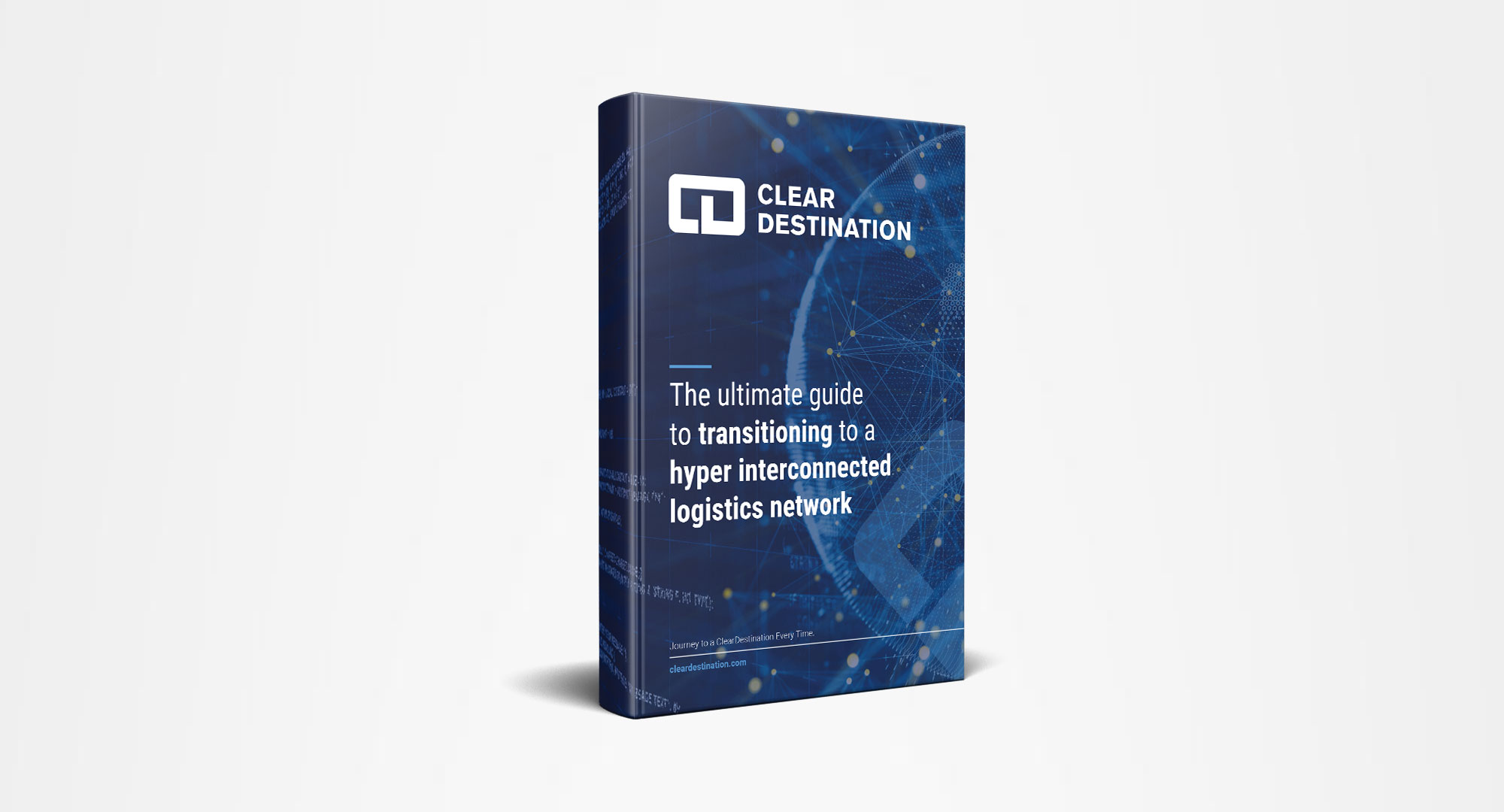
This ebook, The ultimate guide to transitioning to a hyper interconnected logistics network, offers a great background into the issues with traditional logistics networks and why all stakeholders should now consider the advantages of hyper interconnected logistics networks to future-proof their businesses.

